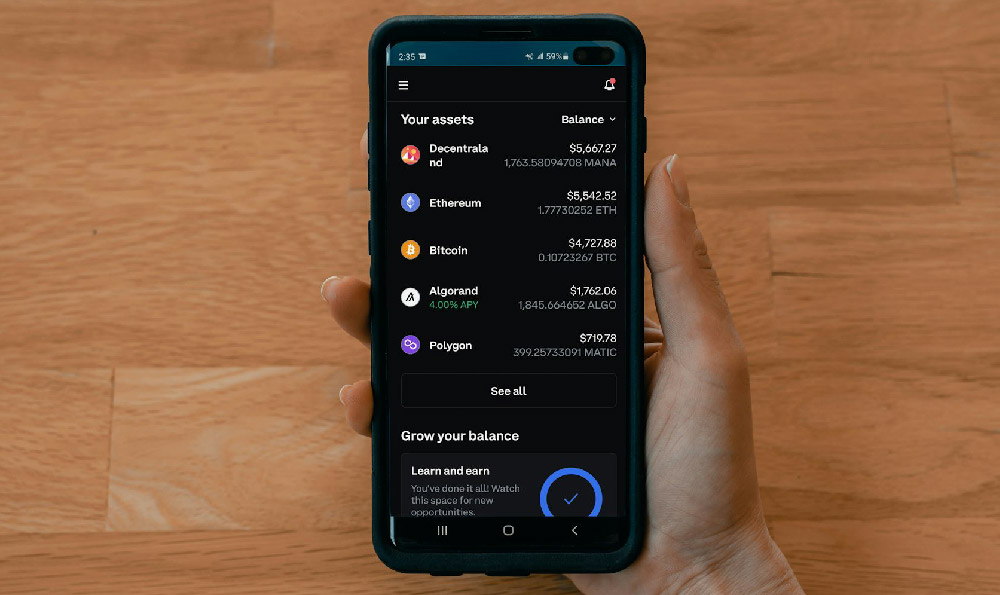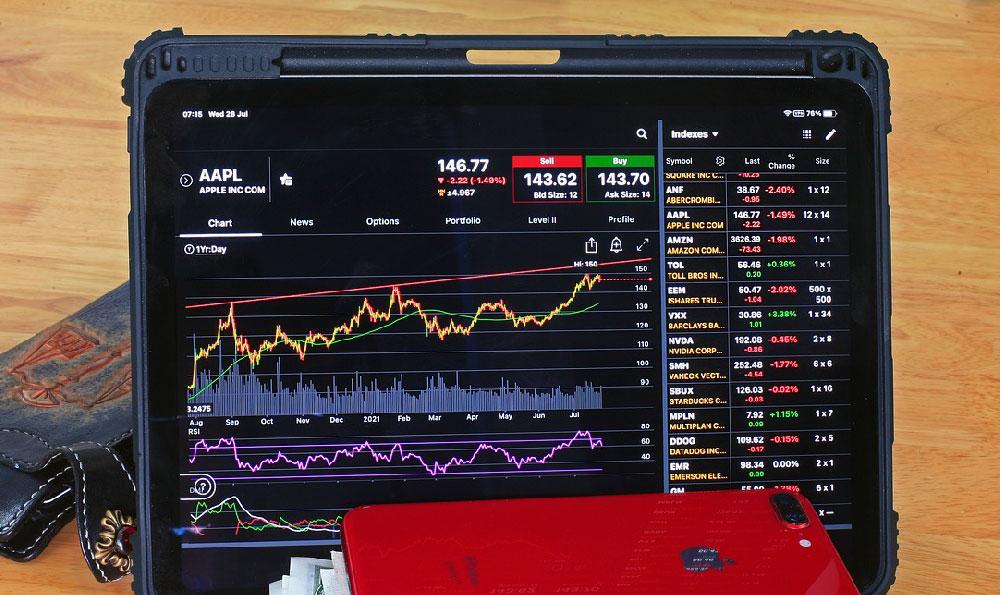How to Sell on eBay and Earn Profit Online
The world of online commerce has expanded exponentially, and eBay stands as one of the most established platforms for buying and selling goods. While countless individuals have found success through eBay, the journey requires more than just listing items; it demands strategic planning, market awareness, and a commitment to long-term growth. Whether you're a beginner or an experienced seller, understanding the nuances of eBay’s ecosystem can empower you to maximize profitability while minimizing risks. This guide explores actionable steps to build a sustainable eBay business, from selecting the right products to leveraging technology and financial tools to protect your investments.
eBay’s marketplace thrives on a balance between supply and demand, and mastering this dynamic is essential for consistent earnings. Start by identifying trending niche markets that align with your interests or expertise. Categories such as electronics, vintage collectibles, or home goods often see high demand, but profitability hinges on thorough research. Utilize eBay’s search bar to track popular keywords and analyze competitor listings. For instance, if you notice a surge in searches for “wireless earbuds,” investigate the competition’s pricing, reviews, and shipping practices. This data will help you adjust your strategy to stand out. Additionally, consider seasonal trends; items like holiday decor or back-to-school supplies may experience niche spikes, allowing you to capitalize on short-term opportunities.
Creating compelling listings is the cornerstone of attracting buyers. A clear, high-quality image of the product is non-negotiable, as the first impression often dictates whether a buyer will engage with your listing. Ensure your photos are well-lit, showcase multiple angles, and highlight any unique features. A concise yet descriptive title that includes relevant keywords can improve your listing’s visibility in eBay’s search algorithm. For example, instead of listing a “used camera,” use “Used Canon EOS 5D Mark IV with Original Battery and Charger.” This specificity not only clarifies the product but also aligns with buyer intent. Descriptions should be detailed yet engaging, emphasizing the product’s condition, functionality, and value proposition. Avoid vague statements and instead provide measurable benefits, such as “tested and working” or “includes all original accessories.”

Pricing strategies on eBay require a blend of competitive analysis and psychological insight. While undercutting competitors may seem tempting, arbitrary discounts can erode profit margins and signal poor product quality. Instead, research the average selling price of similar items within your category and adjust based on your costs and desired profit. Use eBay’s “Sell it yourself” pricing tools to calculate the best price for your item, factoring in shipping, taxes, and fees. However, consider the power of dynamic pricing. For example, if you’re reselling electronics, monitor the market for fluctuations in demand and adjust prices accordingly. A 10% reduction during slower periods may attract buyers without sacrificing margins. Conversely, increase prices during peak seasons or when demand outstrips supply.
Shipping and customer experience are often the decisive factors in a buyer’s decision. Optimize your shipping options to align with your budget and target audience’s expectations. For lower-cost items, standard shipping may be sufficient, but premium products often require expedited delivery to maintain their value. Invest in reliable packaging to minimize return rates, as damaged or poorly packaged items can lead to negative feedback and lost sales. For example, using bubble wrap and custom boxes for electronics can make your listing more trustworthy. Additionally, offer a clear return policy to build buyer confidence. The return policy should be fair, such as a 7-day window for unopened items, while still protecting your profit.
Negotiation and payment processing are other critical aspects. While eBay’s “Buy It Now” model is straightforward, some buyers may attempt to negotiate prices, especially for bulk or high-value items. Be prepared to manage such scenarios by setting firm price boundaries or offering bulk discounts. For instance, if a buyer requests a lower price for a package of 10 items, consider negotiating a price per unit instead of refusing outright. Payment processing on eBay is typically handled through PayPal, but alternative methods such as crypto payment gateways are gaining traction. Integrating cryptocurrency into your payment flow can streamline transactions, reduce fees, and appeal to a tech-savvy audience. However, ensure that your account and business practices comply with eBay’s policies to avoid account suspension.
Risk management is often overlooked but vital for long-term success. Protect your listings by thoroughly inspecting items before selling, especially if sourcing from third-party suppliers. Verify product authenticity through reputable marketplaces or manufacturer certifications to avoid counterfeit goods. Additionally, be wary of phishing attempts and fraudulent buyers by utilizing eBay’s security tools, such as buyer protection and verification. For instance, enabling the “eBay Plus” account provides access to enhanced security features, helping safeguard your transactions.
Finally, continuous learning and adaptation are key to thriving in eBay’s competitive landscape. Stay informed about platform updates, such as new selling tools or policy changes, by following eBay’s blog and engaging with seller communities. Experiment with selling strategies, such as dropshipping or reselling, to identify what works best for your niche. However, don’t overlook the potential of diversifying your revenue streams. For example, integrating cryptocurrency trading into your financial planning can create a multi-faceted approach to wealth building, allowing you to hedge against market volatility.
In conclusion, selling on eBay and earning profit online demands a strategic, informed, and adaptable approach. By focusing on product selection, listing optimization, pricing intelligence, and risk mitigation, you can create a thriving business that generates consistent returns. Whether you’re a traditional seller or exploring innovative methods such as crypto integration, the principles remain the same: preparation, execution, and continuous improvement. As the digital economy evolves, those who embrace both the opportunities and challenges of platforms like eBay will find themselves well-positioned to succeed in the world of online commerce.












